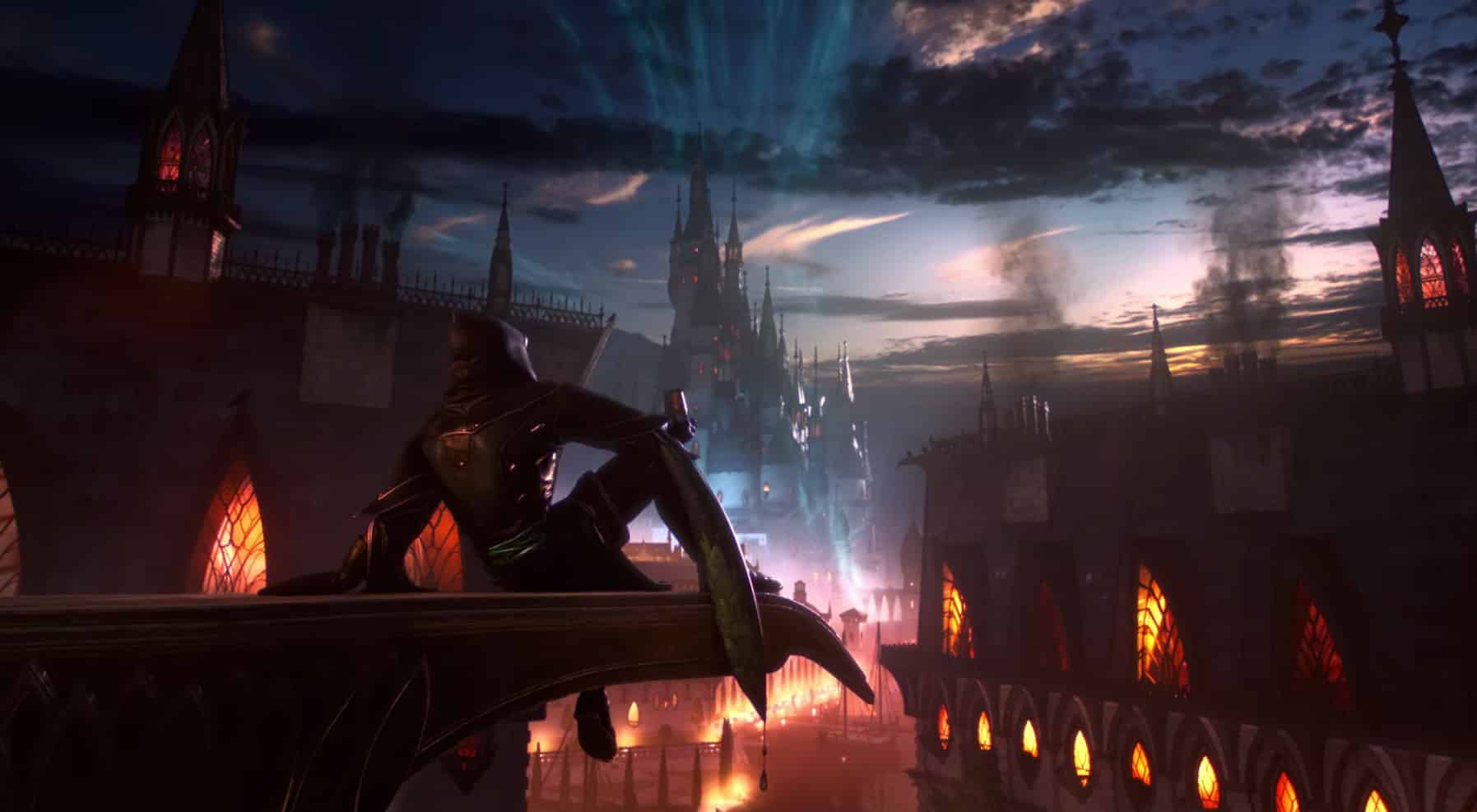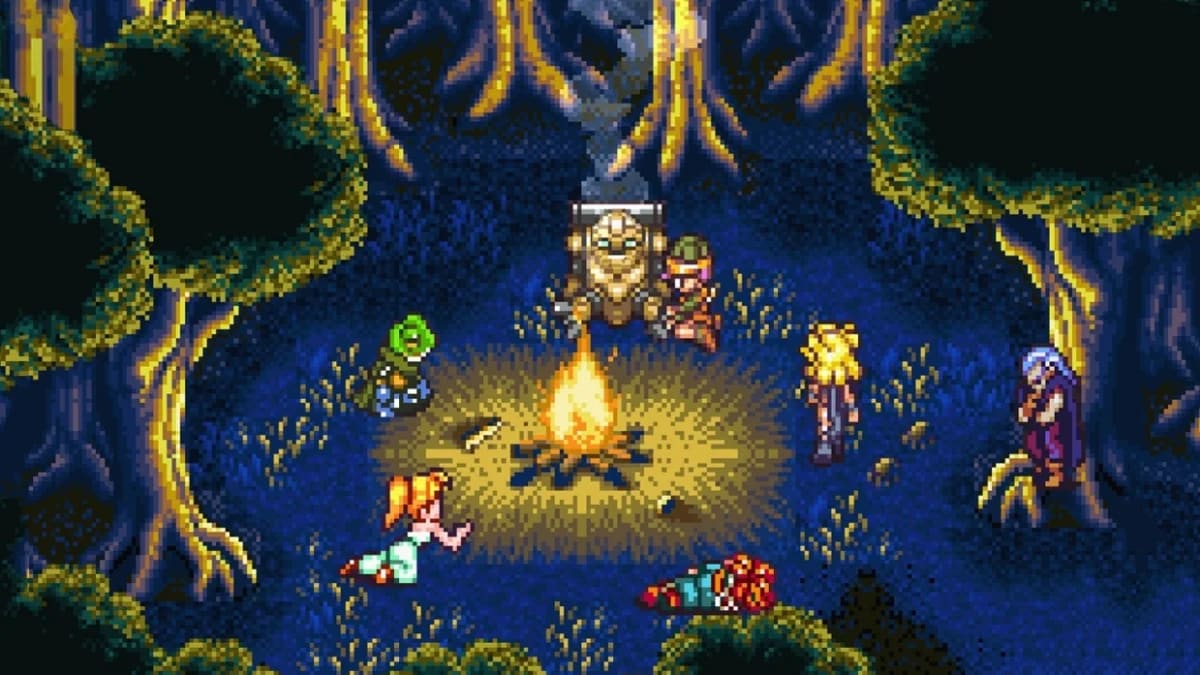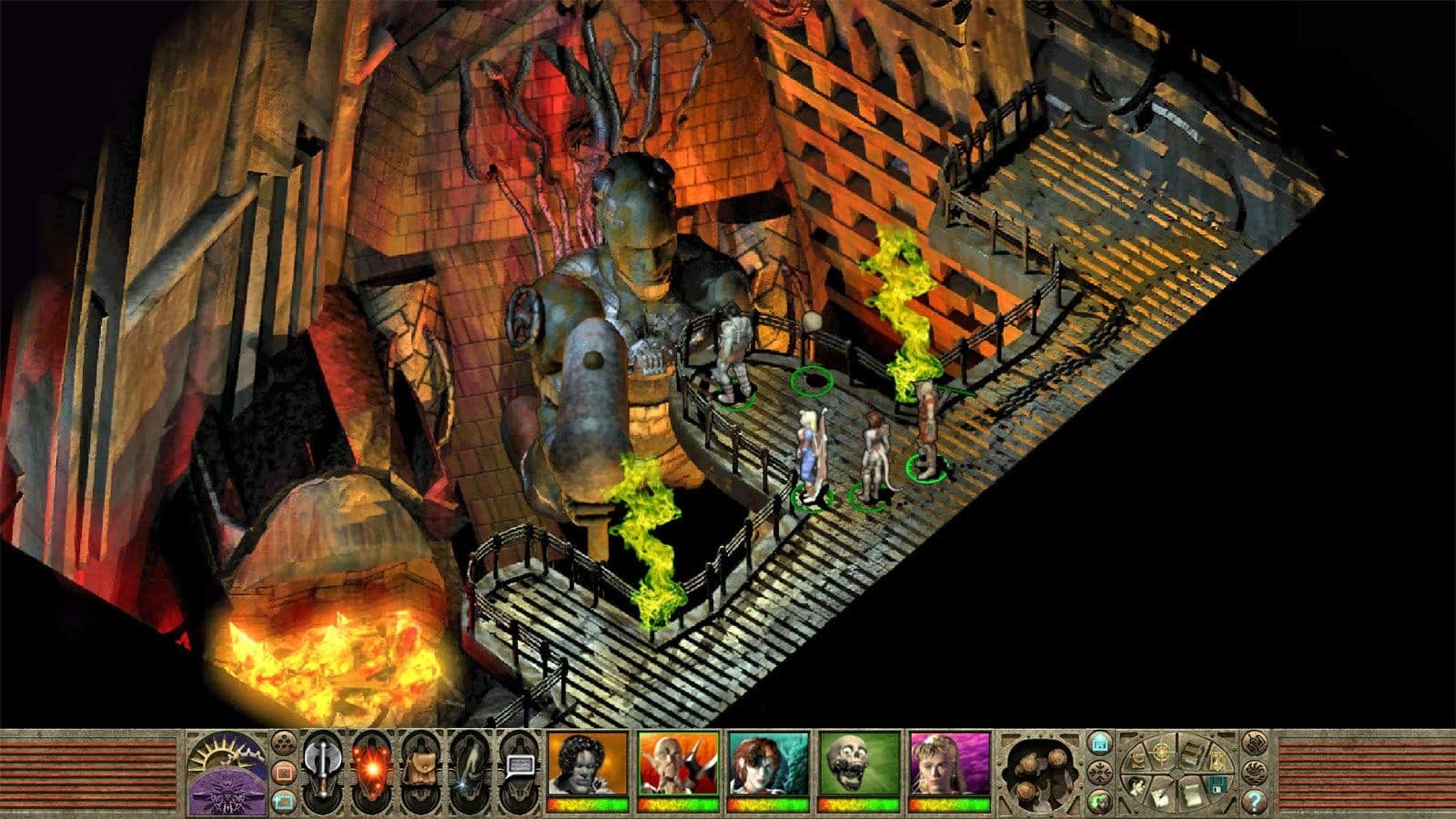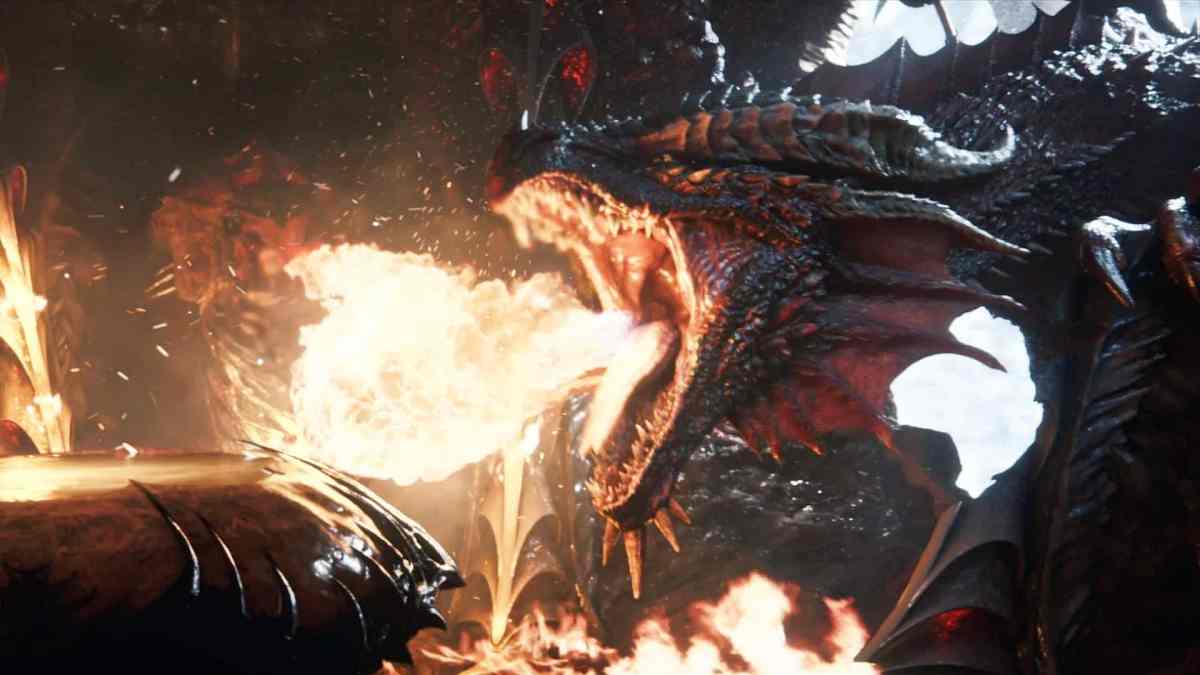Here is an incomplete list of active video game franchises: Baldur’s Gate, Diablo, Divinity, Dragon Age, The Elder Scrolls, Pillars of Eternity, The Witcher, and World of Warcraft. They all have at least one thing in common: They are all medieval fantasy RPGs.
Medieval fantasy is a pleasantly familiar bit of escapism, filled with elves, dwarves, orcs, goblins, dragons, and swords-and-sorcery high jinks in countrysides, forests, castles, and dungeons. It was popularized through the influence of Arthurian legend, Norse mythology, C.S. Lewis, and J.R.R. Tolkien (who was himself heavily influenced by Norse myths). Medieval fantasy RPGs, meanwhile, rose to prominence through the likes of Ultima, Wizardry, Might and Magic, and Dungeons & Dragons and borrowed heavily from Tolkien and the other genre mainstays.
Forty years after Ultima I, medieval fantasy RPGs continue to dominate the RPG genre. And if the upcoming Baldur’s Gate III, Dragon Age 4, Diablo IV, and The Elder Scrolls VI are anything to go by, they will continue to dominate it at least for several years to come.
I imagine one reason for this is that medieval fantasy RPGs are easy to sell. The Elder Scrolls series has sold over 50 million units. Over 30 million sales are attributed to The Elder Scrolls V: Skyrim, which leaned into both Norse and medieval tropes more heavily than any other game in the franchise (although the high sales were also driven by countless ports of the game).

However, sales potential can’t be the root cause. Some of the most well-remembered and bestselling RPGs have been pushing the boundaries of the fantasy genre beyond medieval tropes for decades. 1995’s Chrono Trigger combined medieval fantasy with prehistoric fantasy and science fiction. 1997’s Final Fantasy VII was praised for its unusual steampunk setting. The long-running Pokémon series, which holds the Guinness world record for the bestselling RPG of all time, puts fantastical monsters in a fictional modern setting. To name just a few examples.
I suspect the root cause of the dominance of medieval RPGs has much more to do with familiarity. Show me a game set in a world populated by elves and dwarves, throw in a few goblins and dragons, and you don’t really have to market what’s going on. I look at a few screenshots and I get it.
However, given the sales figures for non-medieval RPGs, it doesn’t seem that consumers are the issue. We are buying and playing plenty of non-medieval RPGs. Rather, it seems to be more about the familiarity of developers and publishers: What are they comfortable making and publishing?
The games listed in the first paragraph all have something else in common: They are all Western RPGs, developed by Western studios and distributed by Western publishers. In virtue of its roots in Western culture, like the Arthurian and Norse mythologies noted above, medieval fantasy is primarily a Western phenomenon. In contrast, the likes of Pokémon and Final Fantasy are Japanese RPGs.

There are exceptions, of course. One of the best medieval fantasy RPG series, Dark Souls, was developed by a Japanese studio. Meanwhile, the aged but beloved cult classic Anachronox was influenced by Japanese RPGs but developed by a Western studio. Even so, Anachronox is a science fiction story that counts plenty of Western speculative fiction amongst its influences.
The point is that, discounting a few exceptions, medieval fantasy is a comfort zone for Western RPGs. It makes sense: If I’ve grown up reading Tolkien and playing Dungeons & Dragons, I am naturally going to find it easier to make something that imitates that fiction in some way than an entirely original or unique setting. Likewise, I am going to feel more comfortable publishing and marketing it than something I’ve never seen before.
The trouble is that it has been over 60 years since The Lord of the Rings and 40 years since the first Ultima, and the genre tropes are wearing thin. While games like Divinity house some fantastic and innovative gameplay, their settings have grown stale, if not outright boring. To put it more pointedly: How many quests to save farmsteads threatened by orcs or demons is too many?
Speculative fiction started to recognize the storytelling limitations of medieval fantasy as early as the 1960s and gradually began to push against them (although even now it can be difficult to sell fantasy that does not have a medieval setting or a predominantly white cast). As a result, modern fantasy fiction often blends the medieval with other settings and cultures, like Steven Erikson’s Malazan Book of the Fallen series, which draws upon a huge cast from diverse cultures. It reworks fantasy tropes, like Katherine Addison’s The Goblin Emperor, which is told from the perspective of a goblin. Or it rejects these tropes altogether, like the New Weird movement. It’s not that medieval fantasy has been erased from speculative fiction, but it has gradually begun to take its place amongst a rich tapestry of more varied work.

It is high time this trend translated to fantasy RPGs. There is precedent for this even amongst Western RPGs. Planescape: Torment is still regarded as one of the best-written video games of all time. This is in no small part due to its Dungeons & Dragons campaign setting, the bizarre Planescape multiverse rather than the more familiar Forgotten Realms. Arcanum: Of Steamworks and Magick Obscura took a medieval fantasy setting as a starting point but accelerated it into the industrial age, putting elves, dwarves, and orcs inside steam engines and airships. Jade Empire applied Western design sensibilities to a fantasy world based on Chinese mythology. Disco Elysium defied easy genre categorization altogether by taking place in a fictional post-Soviet-style state.
Such settings present opportunities for a much more diverse range of characters and stories than medieval fantasy alone. As a result, there is room to tell stories that speak to a broader audience and that have more scope to say something interesting, relevant, or amusing about the world we live in. That doesn’t mean fantasy RPGs should cease being a pleasant bit of escapism. But it does mean there don’t need to be quite so many farmsteads threatened by orcs.






Published: Jan 16, 2021 03:40 pm